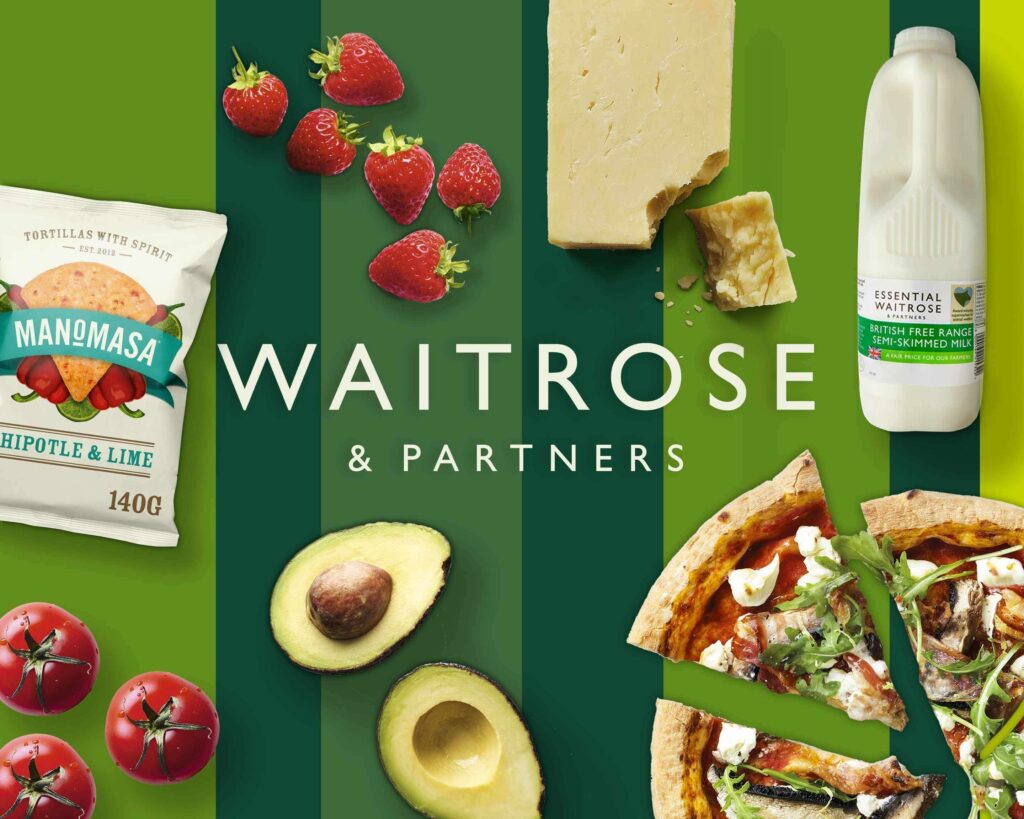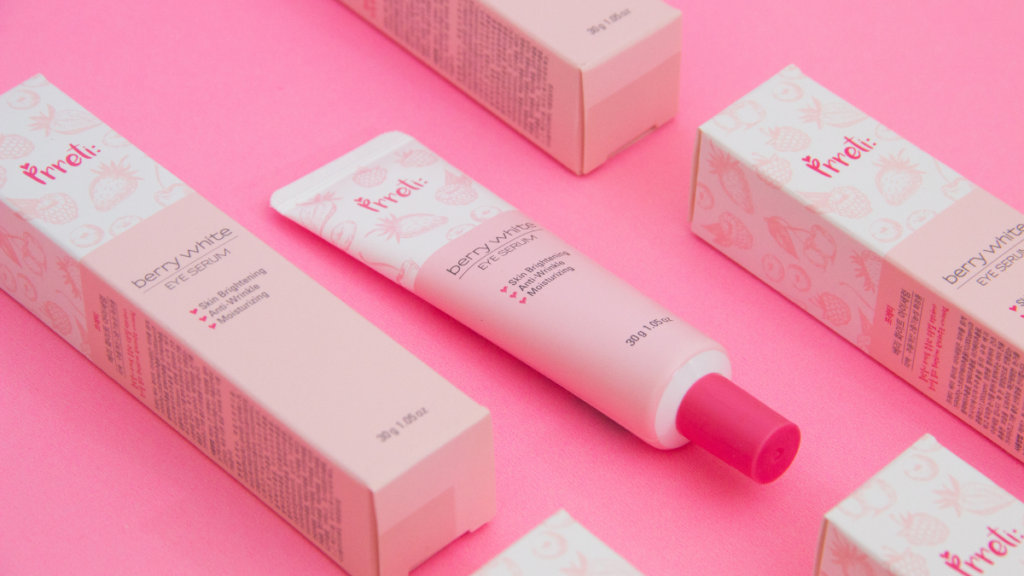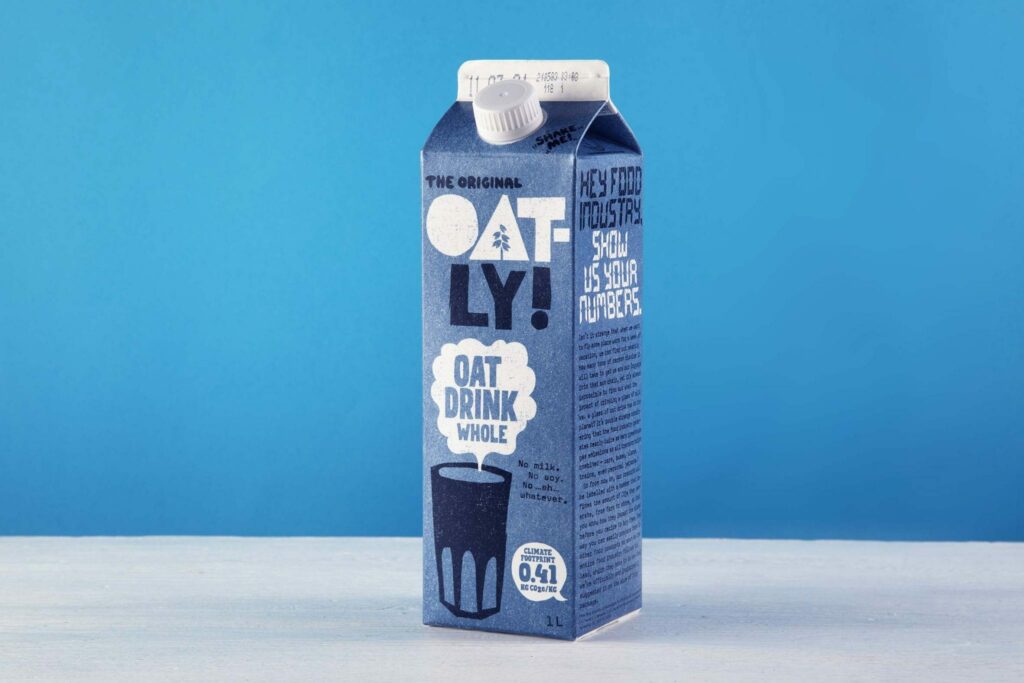Why are customer testimonial videos so great for business?
Have you ever been on the receiving end of a sales call or meeting, with the salesperson going on and on about how incredible their business/product/service is? Did you find yourself thinking:
“Not another one! Of course, you think your business is great. So do all salespeople”.
You aren’t alone. In fact, in more recent years, there has been a growing mistrust in businesses hyping themselves up. That is why we’ve seen such a rapid rise in marketing methods such as influencer marketing, with third party reviewers providing a more trusted opinion on a business’s offering.
When we think ‘influencer’, we may think of online gamers with thousands of YouTube/Twitch followers or the young, rich in-crowd on Instagram. But fundamentally, an influencer is someone with a degree of influence over others. When it comes to business, this can be anyone from a customer, supplier, or partner. At Small Films, we regularly deliver customer testimonial videos for our clients, helping them engage with new clients.
Authenticity
There is something to be said about the level of influence that can be leveraged through video testimonials for your business. This is especially true when they include clients who are respected in their field.
These respected individuals can be more powerful than the big social media influencers. In these cases, potential customers will often be aware of their expertise and respect their opinion – creating an environment of genuine trust.
Clients rarely have a reason to give a video testimonial beyond a genuine delight with your service or product. Therefore, customer testimonial videos offer a level of authenticity that is otherwise difficult to find elsewhere in marketing.
Want support with testimonial video production? Give our team a bell.
Using key clients in testimonials will also often offer points of view that you may not have otherwise considered. For example, most businesses have their ‘go-to benefits’ of why customers should choose them. These often don’t cover the softer elements that many customers find so valuable, such as good communication, flexibility or compassion. Testimonial video production helps businesses highlight their personality as well as their capabilities.
Customer testimonials videos are highly engaging content
Let’s put the benefits of having your customers sing your praises aside for a moment and focus on the vehicle – video. After all, there are a few ways a customer could provide a testimonial…so why is video so powerful?
“Marketers who use video grow revenue 49% faster than non-video users.” WordStream
The keyword here is ‘engagement’. Keeping anyone’s attention for more than a moment can be easier said than done in a world where there is such a vast amount of content online. However, video provokes and captures the senses in a way that no other form of media does. Video testimonials allow your customers to expressively and concisely tell the story of why they chose to work with your business.
Video also allows businesses to distribute valuable testimonials across various platforms. Including websites, social media feeds, social media stories, emails, direct messages and can even be included in sales decks to add authenticity to presentations.
Customer testimonial videos are a fantastic way to grab your current and potential customers attention. This powerful type of marketing offers a level of authenticity and engagement which is otherwise hard to portray to new and potential clients.
If you want to see how powerful this tool could be for your business, have a browse through our video testimonials services and get in touch today.
Small Films is a video production company based in London. We create effective and results-driven customer testimonial videos that put your brand streets ahead of the competition.







